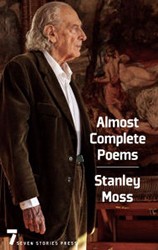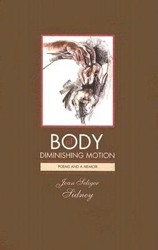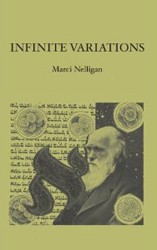By
– February 20, 2012
The “manifesto” of declamatory statements about writers, philosophers, artists, and art critics, as well as declarations regarding Jewish art, reads more as a poignant farewell than the provocative collection of thoughts about Jewish art and artists that it is, since the author, renowned artist R.B. Kitaj, passed away a month after its publication. Kitaj (pronounced “key-tie”), who was born in the United States as Ronald Brooks in 1932, made London his home for most of his creative period, returning to Los Angeles in the last decade of his life. The book resonates with his thoughts on God, the soul, kabbalah, midrash, Holocaust, and the particularity of the Jewish artists whose consciousness or sub-consciousness of being Jewish influence the subject, content and themes of their work. The First Diasporist Manifesto was published in 1989 in prose form and began Kitaj’s ruminations on art as exegesis. (The form was inspired, perhaps, by the Dadaist manifesto published by another Jewish artist, Tristan Tzara.) Kitaj’s own feelings of exile (American expatriate in London) relate to his identifying the diasporist element in Jewish art, but the 615 “verses” cover much more than the sense of wandering. Rather, as the closing line of the Afterword, “You’ve been reading a long unfinished poem called HOW TO DO A JEWISH ART” (sic caps and underline), states, the book tackles ideas that are frequently debated in art criticism — and will, regrettably, remain “unfinished.”
Esther Nussbaum, the head librarian of Ramaz Upper School for 30 years, is now education and special projects coordinator of the Halachic Organ Donor Society. A past editor of Jewish Book World, she continues to review for this and other publications.





